Five Lesson Ideas for Beginning of January for English Language Learners
The start of a new year can be a challenge for English Language Learners (ELLs), especially after the long holiday break. As teachers, we want to ease our students back into learning with fun and engaging lessons that focus on winter vocabulary, basic language skills, and interactive activities. In this blog post, I’m sharing 4 lesson ideas to get your students excited and involved right from the start of January. These lessons will help reinforce new winter nouns and verbs, provide a structured morning routine, and offer opportunities to practice speaking, reading, and writing in English.
***Disclaimer: In this blog, the terms ESL students (English as a Second Language), ELLs (English Language Learners), and ML (Multilingual Learners) are used interchangeably. While “Multilingual Learners” is becoming the more widely accepted term, “ESL students” and “English Language Learners” are still commonly used in various contexts. My aim is to be inclusive and clear to all readers, regardless of the terminology they are familiar with.
1. New Year’s Resolutions: Goal-Setting Activities for ESL Beginners
Start the new year with a focus on setting goals! Help your students practice English while discussing the concept of New Year's resolutions. Teach them how to use simple action verbs to describe their goals (e.g., “I will read more books,” or “I will learn 10 new words this year”).
Provide sentence frames such as "This year I will try to . . . ", "In 2025. I plan to . . ." or visual aids to help them frame their resolutions. This will engage your students in practicing future tense and simple sentence construction. Read more about setting personal, academic and social goals at the beginning of each year here.
2. January Morning Calendar Routine
While introducing each day of the month of January, have the students help you build a pattern using snowflake tiles and snow fort tiles.
Then, introduce students to winter nouns and verbs and have them practice tracing, labeling, and writing them in their January workbooks. Have them talk about winter clothes and complete a labeling winter clothes activity.
Discuss winter weather and build interactive weather graphs as you go through January. Play a January-themed "Would You Rather?" game with questions like “Would you rather build a snowman or have a snowball fight?” or “Would you rather go sledding or go ice skating?”
This will help reinforce the newly learned vocabulary you've front loaded, and allow students to practice both vocabulary and grammar in their notebooks.
3. Narrative Writing: Winter-Themed Stories for ESL students in grades 3-8
Help your students build their writing skills with small moment stories. Ask them to write about a personal winter memory—whether it’s something they did over the break or a favorite winter activity.
Teach them how to use past tense verbs (regular and irregular) and sensory details to enhance their writing.
For beginners, you can scaffold this by providing sentence starters or prompts. Play Winter Write the Room nouns and verbs to reinforce vocabulary and grammar. Read more about winter small moments here.
4. Winter Writing Prompts with Label, Trace & Write for ESL students in 1-5
5. Nonfiction Reading and Writing about Polar and Arctic Animals
January is the perfect month to introduce younger learners to Arctic and polar animals. With my K-2 students, we dive into a reading unit all about penguins. We begin the unit with a simple nonfiction reading pre-assessment to gauge what they already know. Throughout the unit, the students learn about the structure of nonfiction texts and how they differ from fiction. One of the first activities is a picture sort where the kids distinguish between fiction and nonfiction books.
They then explore various nonfiction text features such as the title page, pictures/photos, table of contents, bold print, and captions. These activities not only support their understanding of nonfiction but also enhance their reading comprehension skills.
In our reading workshop ESL newcomers get 3 decodable readers about penguins and they read and do a mini penguin research.
In our K-2 writing workshop, we create "All About Penguins" nonfiction books. My newcomers in Kindergarten match images and trace sentences to build confidence in writing. Beginners and intermediate students work with sentence starters and fill-in-the-gap paragraphs, while advanced students independently create their nonfiction books.
These booklets are closely aligned with our nonfiction reading lessons. For example, if we learn about what kind of animal are penguins during reading workshop, we write about it during writing workshop.
Similarly, if we study nonfiction features like labels in reading, students practice labeling a diagram of a penguin in writing. This integrated approach helps reinforce key concepts, vocabulary, and skills across reading and writing, ensuring consistent learning for all levels.
Why Teach Reading and Writing About the Same Topics for ELLs?
Teaching reading and writing about the same topics, like penguins, provides ESL students with multiple opportunities to encounter and practice key vocabulary and concepts. Research shows that integrating literacy skills helps ELLs retain information better and builds confidence. By focusing on the same topic in both reading and writing, you create a structured, scaffolded approach that reinforces comprehension and language skills.
For my older students, we explore a broader range of Arctic animals, learning about creatures like polar bears, seals, and walruses, while reinforcing key nonfiction features. This unit allows students to build both their literacy skills and knowledge of the fascinating world of Arctic animals.
We play some Write the Room games, such as Write the Room to practice Arctic animal names and their spelling.
These engaging activities are perfect for getting your students back into the swing of learning in January. By focusing on New Year’s resolutions, winter themed narrative writing, and interactive winter vocabulary games, you’ll not only help your students practice their English skills but also make the transition back to school a fun and exciting experience.
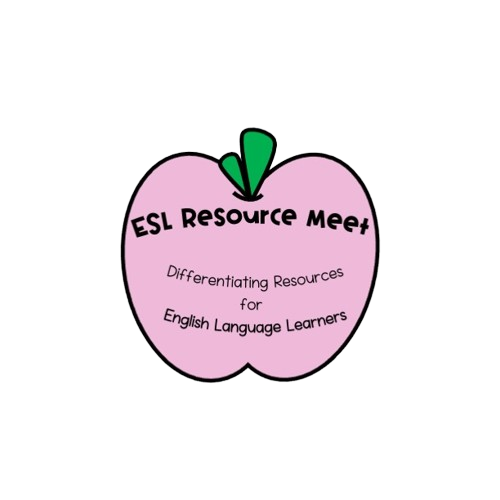





















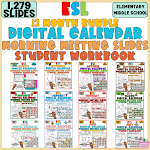


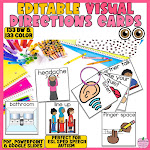













































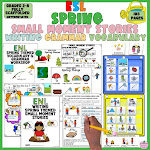




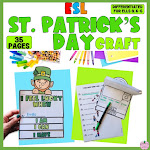
















































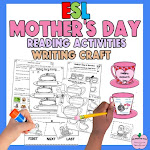
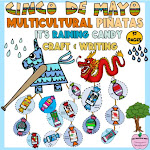
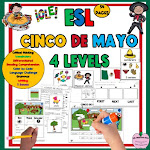
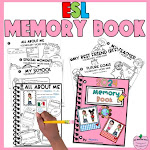




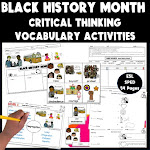
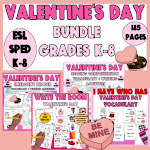
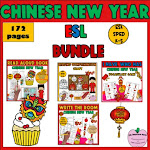

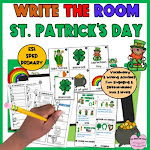
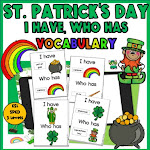
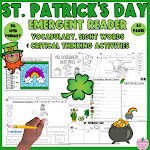



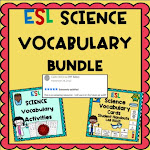




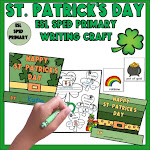

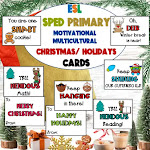


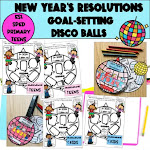
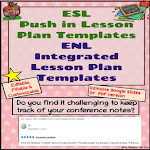




0 Comments